 Part of the Oxford Instruments Group
Part of the Oxford Instruments Group
Expand
Collapse
Semi Interface Issue #3 delves into quantum technology, highlighting cutting-edge advancements in plasma etch, deposition, ALD, and ALE technologies. Guest editors Dr. Harriet van der Vliet and Dr. Nick Chittock join us for this edition, which celebrates quantum in 2025, designated by UNESCO as the International Year of Quantum Science and Technology.
This issue explores the quantum ecosystem and atomic-scale processing, featuring insights from global leaders in quantum. Highlights include contributions from experts in the UK, USA, India, and Australia, focusing on diverse quantum applications and architectures.
Eindhoven University of Technology and Oxford Instruments Plasma Technology celebrate 20 years of collaboration, and we share exciting news about our brand-new state-of-the-art cleanroom in Bristol.
This edition showcases pivotal quantum advancements worldwide and marks 100 years of this fascinating field.
Download Magazine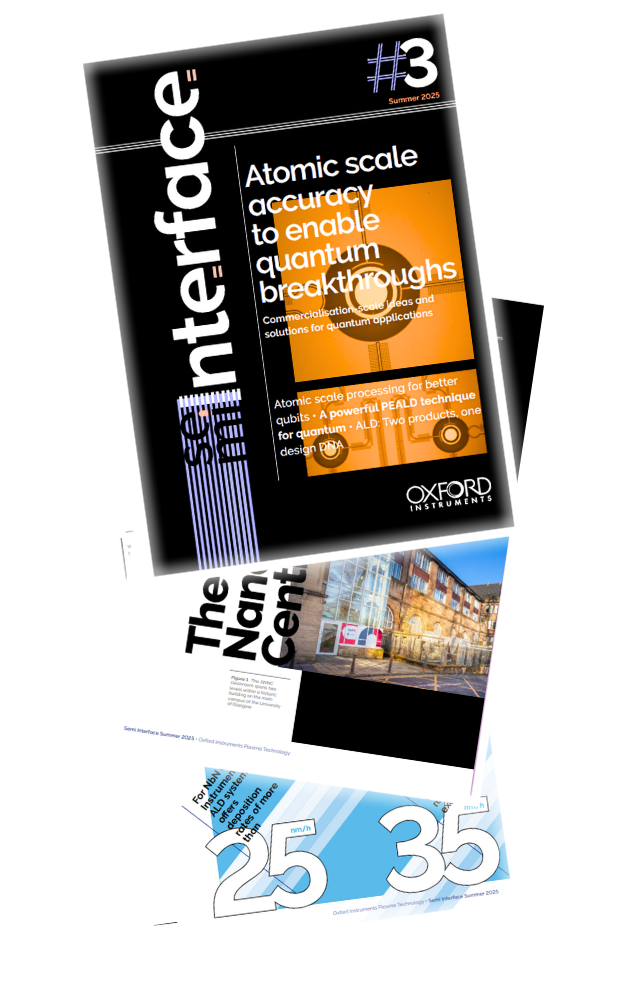
Oxford Instruments Plasma Technology's Head of Strategic R&D Markets, Dr Harriet van der Vliet, starts off this quantum issue with a look into this year's celebrations - 2025, the UNESCO International Year of Quantum. In the article, Harriet has the privilege of speaking with Sir Peter Knight, an instrumental figure in quantum research, as well as discussing how 100 years of quantum has impacted our lives and what events are being held to celebrate.
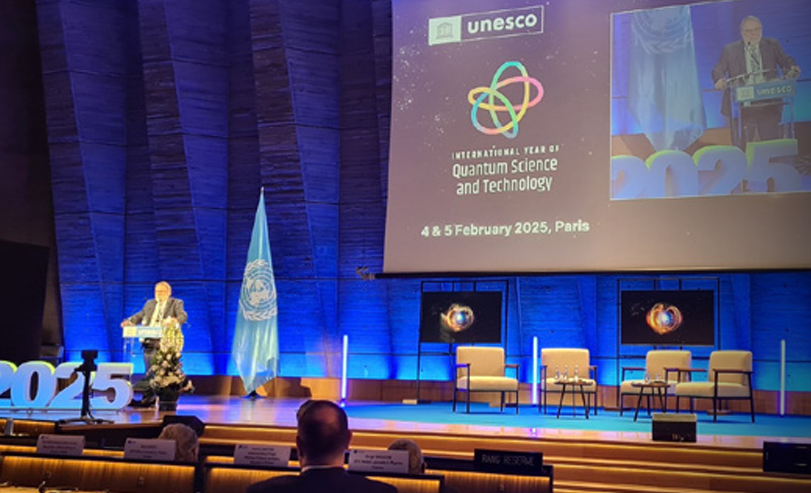
'2025 has been declared by UNESCO as the International Year of Quantum (IYQ) to mark 100 years since the development of quantum mechanics and this year‑long global initiative will celebrate quantum science'
Grant Baldwin, Head of Marketing, and Dr Aileen O'Mahony, Product Manager for GaN power electronics and RF solutions, discuss the two blended plasma ALD product offerings Oxford Instruments Plasma Technology provide to customers for research and production ALD. From fast prototyping in quantum and general R&D, to high volume manufacturing (HVM) ALD, they explain how the PlasmaPro ASP, with its flexible process capability, is design to enable plasma ALD processes to transfer seamlessly to Atomfab, our dedicated process HVM plasma ALD module.
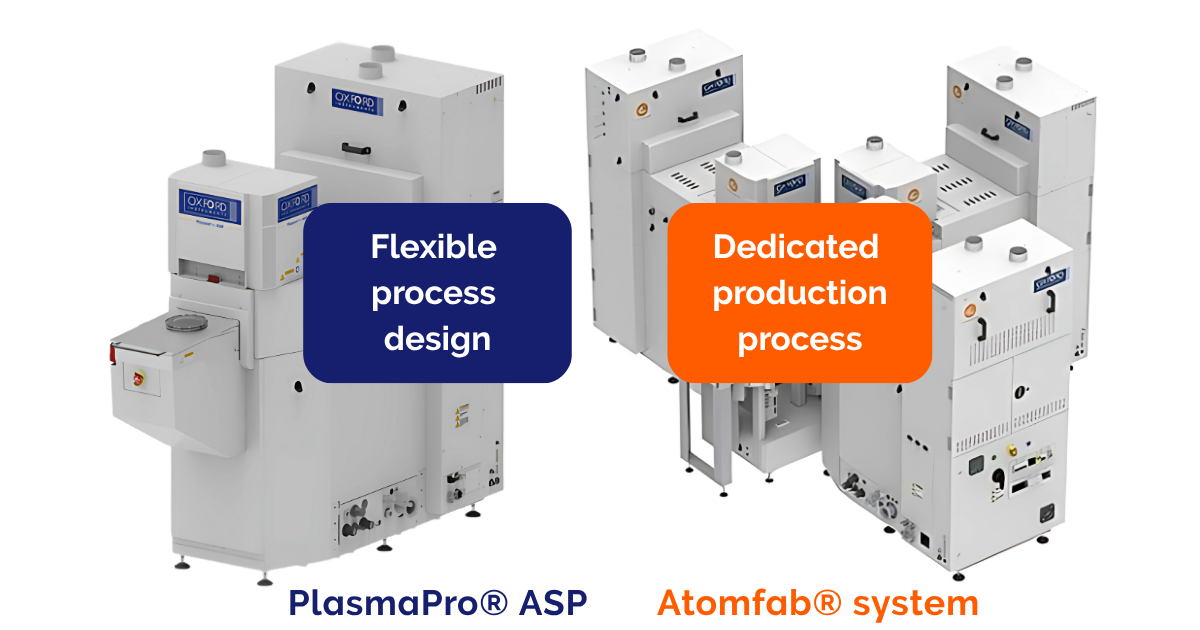
'Once developed on the PlasmaPro ASP, processes can be seamlessly transferred to Atomfab and ramped to production to enable plasma ALD in high‑volume device manufacturing'
This article highlights the incredible, decades long collaboration between Oxford Instruments Plasma technology and Eindhoven University of Technology (TU/e) and one that continues to lead the way in PEALD research. Dr Harm Knoops, Atomic Scale Segment Specialist at Oxford Instruments Plasma Technology and part‑time assistant professor at TU/e, Klaas Wisniewski, our Strategic Business Development Director and Prof. Erwin Kessels fromTU/e's Department of Applied Physics and scientific director of the NanoLab@TU/e facilities, join together to discuss the importance and impact of this long-standing academic/industry relationship, and the promise of continued collaboration.
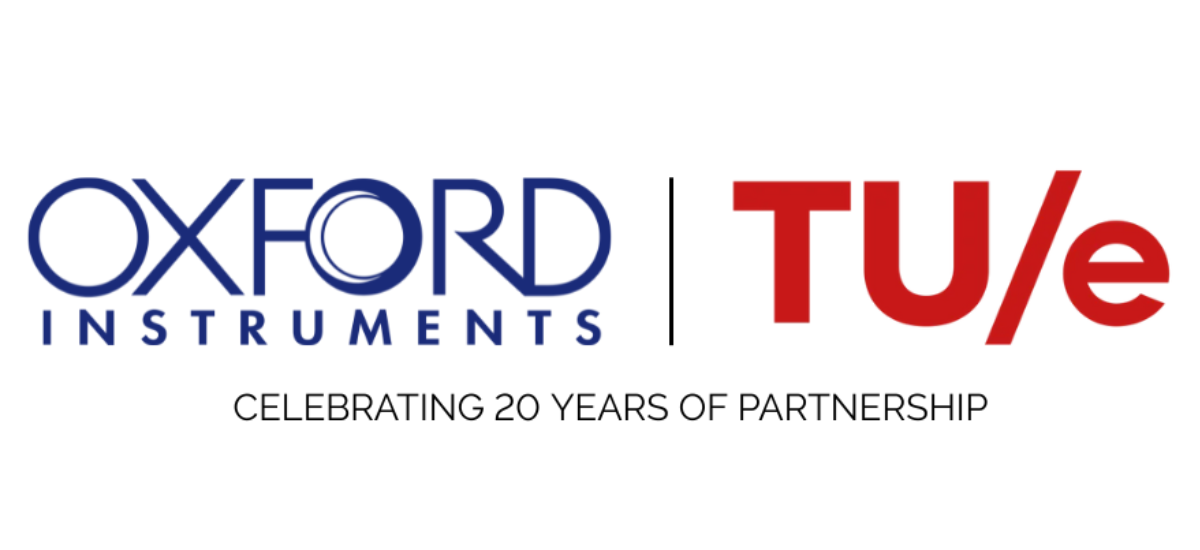
'For over two decades, Oxford Instruments and Eindhoven University of Technology (TU/e) have shared a remarkable partnership that continues to shape the future of plasma enhanced atomic layer deposition (PEALD)'
Complementing the previous news article, PhD candidate from TU/e, Silke Peeters, shares the exciting research she and her group are working on - PEALD of superconducting metal nitrides for quantum technologies. She discusses how the PlasmaPro ASP has enabled high deposition rates while maintaining low‑damage conditions for interfaces of qubit integration quantum processors, and the promising results they have been demonstrating.
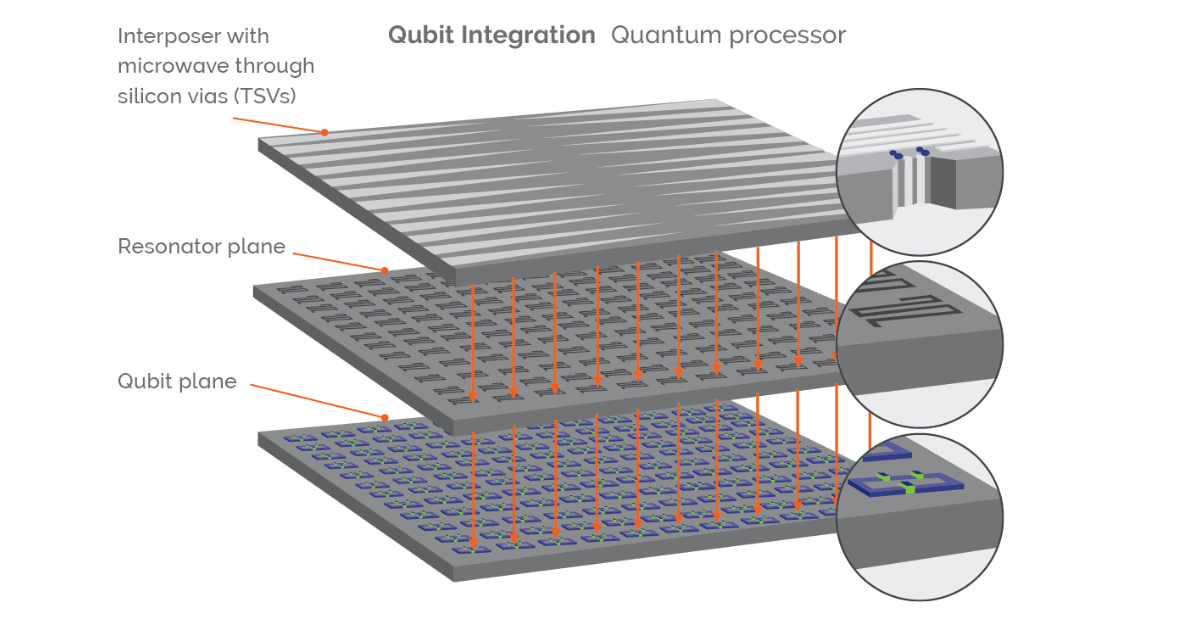
'As ALD for quantum is gaining traction, now is the right time to develop ALD materials and processes specifically for quantum technology'
Dr Russ Renzas is Director of the Davidson Foundation Cleanroom and Research Faculty at the University of Nevada, Reno. In his article, Russ, an experienced quantum expert, gives us a detailed insight into the challenges that quantum researchers face today, and the solutions currently being explored at the recently opened Davidson Foundation Cleanroom.

"I quickly saw that nearly every form of quantum device suffers from the same two challenges: interfacial loss and 3D interconnection."
Four quantum experts from The James Watt Nanofabrication Centre (JWNC), Glasgow, Scotland, write about the monumental work that has emerged and continues to come out of JWNC. Dr Paul Reynolds, Dr James Grant, Prof. Martin Weides and Prof. Robert Hadfield discuss how the centre, focused on quantum, photonic and semiconductor work, and involved with both academic and industrial sectors, has become a crucial research facility in the UK.
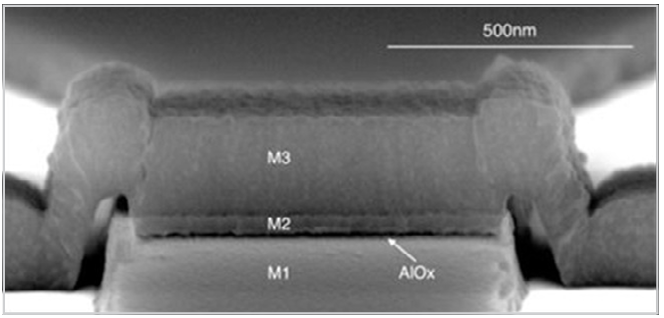
'A key strength of JWNC lies in its self‑sustained operational model, combining academic excellence with commercial delivery'
Prof. Austin Minnich, Deputy Division Chair of the Engineering and Applied Science Division at the California Institute of Technology (Caltech) and Azmain Hossain, a graduate student and member of the Minnich group in Caltech, discuss their work on ALE. As the scale of technology parameters continues to dramatically decrease, the quality of device interfaces has never been more important. They discuss how ALE is becoming a valuable technology for the fabrication of high quality superconducting circuits for quantum computing.
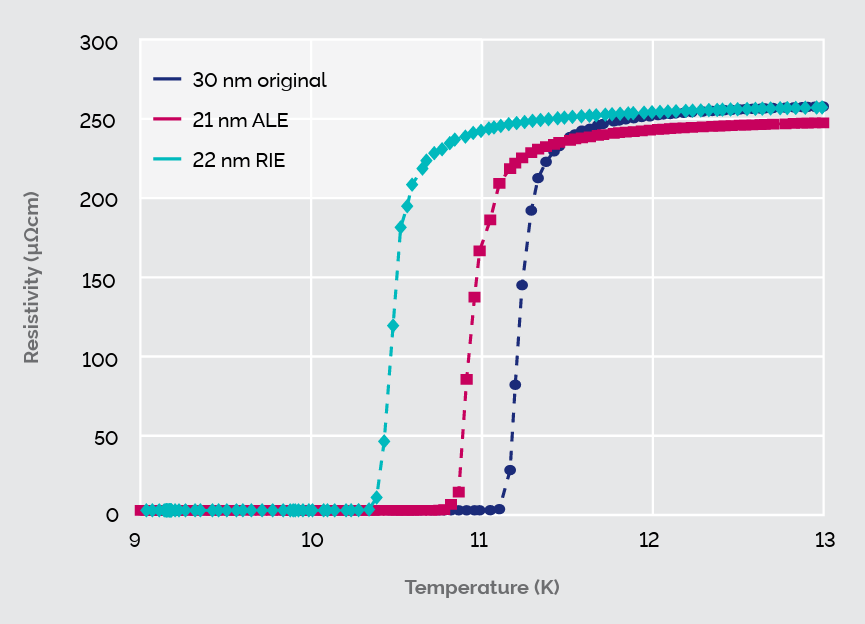
'As critical dimensions decrease, ALE is also gaining prominence due to its sub‑nanometer etch depth control, low damage, and surface smoothing capability'
Dr Owain Thomas, Applications Solutions Manager, shares the news about a milestone in Oxford Instruments Plasma Technology's history. Our brand new state-of-the-art demo cleanroom, at 1,200 sqm in size and with 35 systems, has opened its doors in Bristol. Dr Thomas discusses the plasma technology solutions available in our demo cleanroom, while Dr Kate Stokes, one of our expert product scientists, also highlights the comprehensive metrology solutions in the facility, ensuring our customers get unparalleled insights into material properties and characteristics.

'The ISO 6/5 cleanroom ensures a contamination‑free setting, replicating the quality and stability of production environments'
Dr Harriet van der Vliet was delighted to chat with Prof. Stephen Bartlett, Director of the University of Sydney Nano Institute, Director of FLiQC and Senior Advisor in Quantum Architectures at Diraq. He gives us an insight into the incredible contributions institutes around Australia have been giving to the development and advancement of quantum technologies, and discusses what expectations he has for the future of quantum.
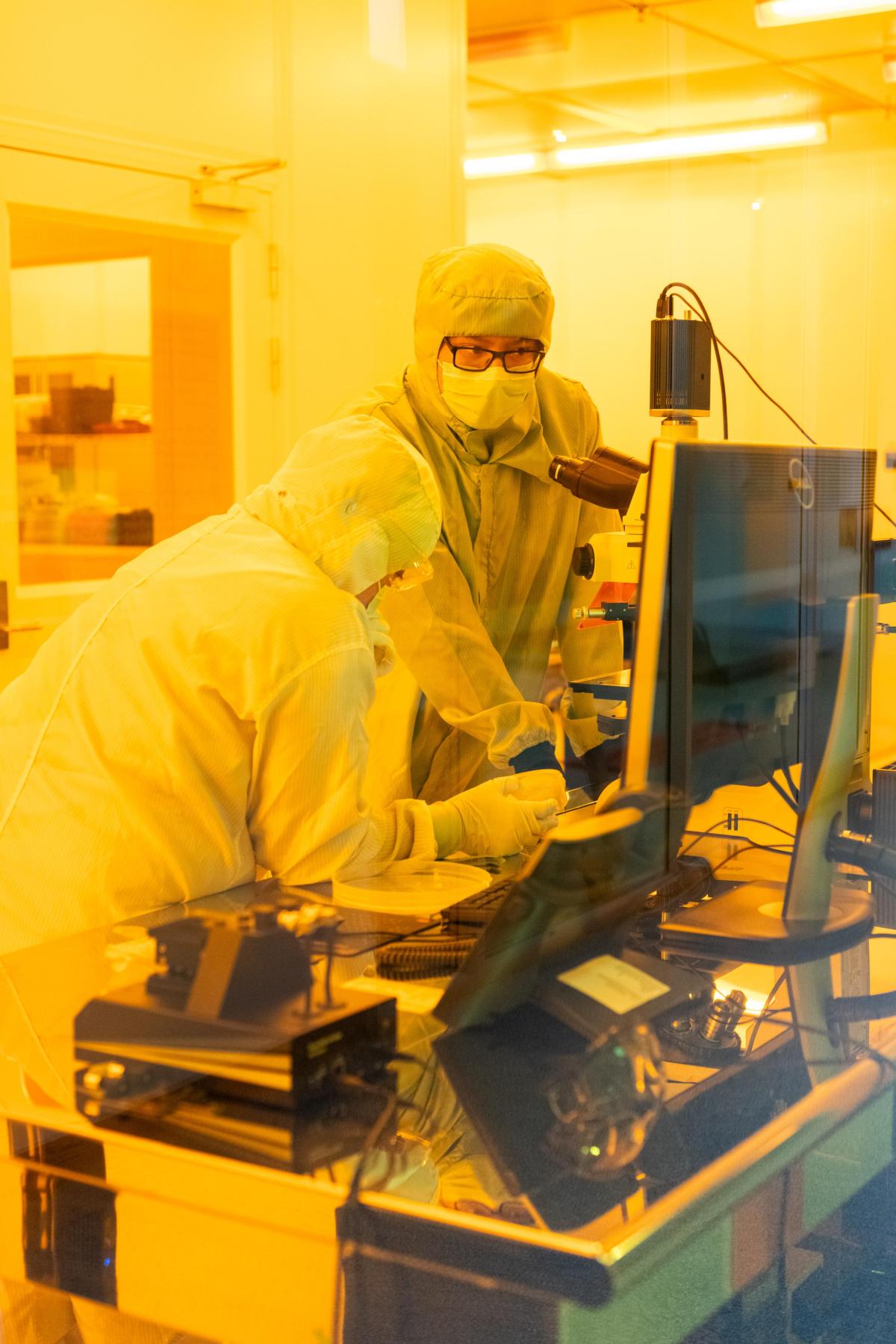
'The decades of fundamental research into quantum technologies in Australia has not only established our research leadership, it has also trained over 2500 domestic and international early career researchers in quantum capabilities.'
Prof. Kasturi Saha, Project director of Qmet Tech Foundation and head of the PQuest lab at IIT Bombay, writes about the monumental work being done by Qmet, a research leadership hub, managing funding, coordinating initiatives across 16 institutes, and promoting interdisciplinary collaborations across India. She discusses their strategy for success and the road to becoming a key player in the global quantum industry.
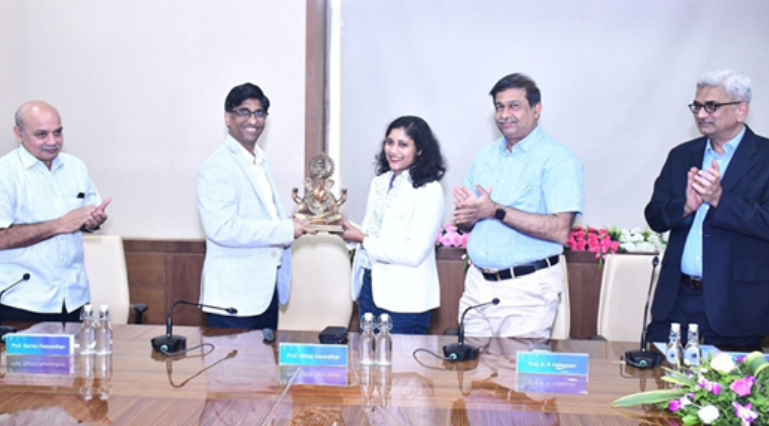
'At the PQuest Lab at IIT Bombay, researchers are pioneering quantum sensing technologies based on nitrogen‑vacancy (NV) centres in diamond.'
Dr John Burgoyne, Head of Product Management at Oxford Instruments NanoScience, shares how their Proteox cryogenic platforms can aid the upscaling of the quantum industry, as we move closer to a new era of quantum technology. He speaks about the impact these platforms have already had, and the exciting road ahead for quantum research and production.
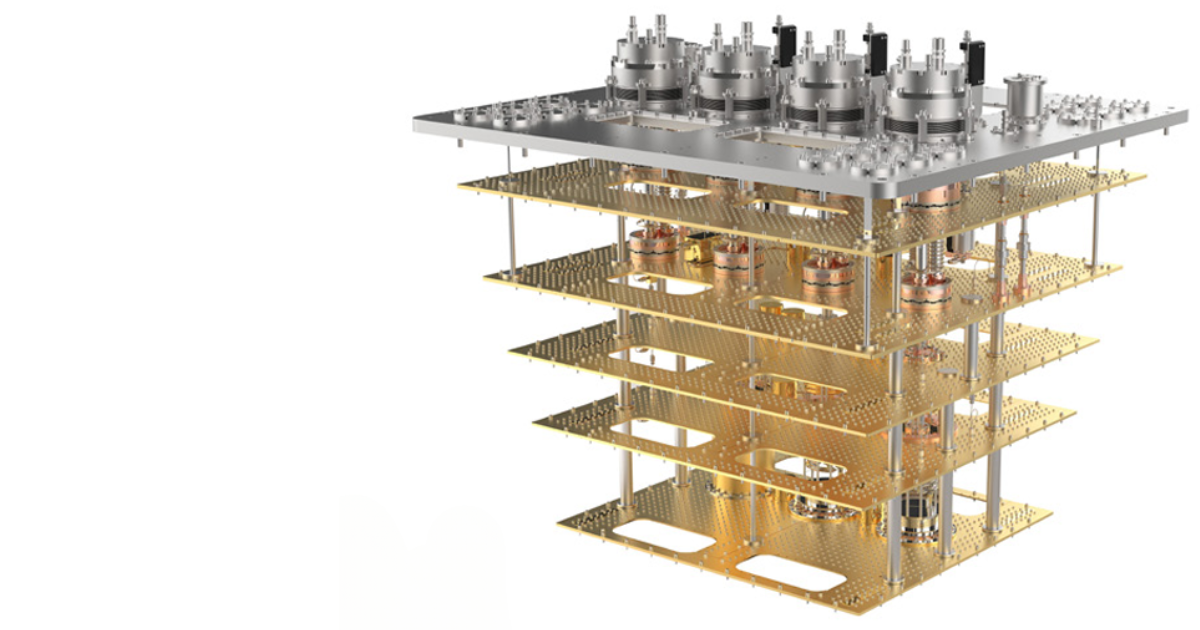
'The Proteox family of dilution refrigerators provides reliable and scalable cryogenic platforms at the milliKelvin temperatures required for superconducting and spin qubits.'